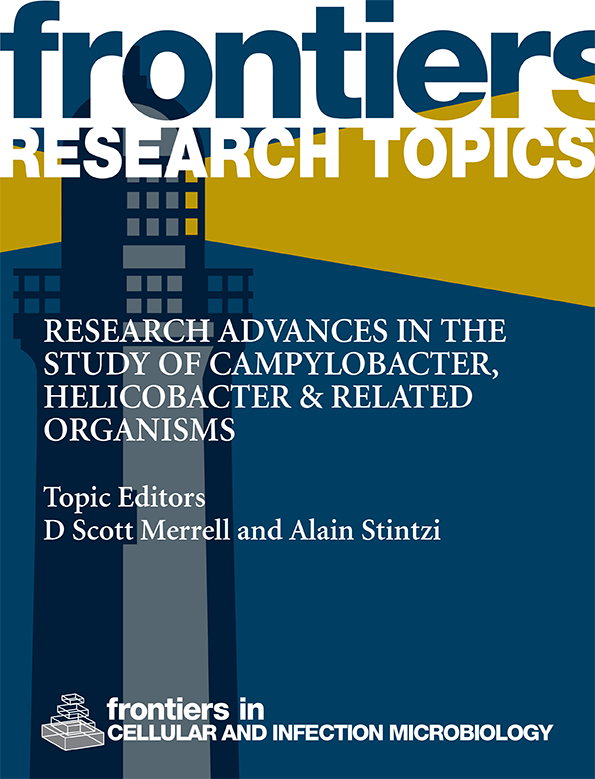人乳头瘤病毒 E6/E7 mRNA 检测与细胞学方法在宫颈癌初筛和分流中的年龄特异性:中国的社区筛查
IF 4.8
2区 医学
Q2 IMMUNOLOGY
Frontiers in Cellular and Infection Microbiology
Pub Date : 2024-08-29
DOI:10.3389/fcimb.2024.1428071
引用次数: 0
摘要
背景在普通人群中,宫颈癌(CC)筛查提倡进行初级人类乳头瘤病毒(HPV)检测。与 HPV DNA 检测相比,HPV E6/E7 mRNA(Aptima HPV,AHPV)检测具有更高的特异性,因此受到了广泛的关注。在此,我们研究了特定年龄段的 AHPV 初筛检测方法以及与细胞学相比的不同分流策略,以确定最佳方法。方法在 2018 年 4 月至 2021 年 12 月期间,我们从中国辽宁省和青岛市的 34 个社区招募了女性参与者。初级宫颈筛查方案包括液基细胞学(LBC)和AHPV检测,任何检测结果呈阳性的女性都要接受阴道镜检查。对所有 HPV 阳性样本进行基因分型(AHPV-GT)。我们的主要结果是确定特定年龄的检出率、阴道镜检查转诊率以及高级别鳞状上皮内病变或更严重(HSIL+)的敏感性和特异性值。我们还检查了不同年龄组别的 AHPV 和不同分诊策略的表现。不同年龄段的细胞学异常率为 6.1%-8.0%,其中 45-54 岁年龄段的异常率最高。与 35-44 岁或 45-54 岁的人群相比,55-64 岁人群的 HPV 感染率最高(分别为 12.2% 或 11.6% 对 14.1%,P = 0.048 和 P = 0.002)。在 35-44 岁人群中,AHPV 检测 HSIL+ 的灵敏度为 96.6(95% 置信区间 [CI]:89.7-100),明显高于 LBC 灵敏度(65.5 [95% CI:48.3-82.8],P < 0.001)。与 LBC 相比,使用反射性 LBC 分流的 AHPV-GT 检出 HSIL+ 的比率增加了 31.5%(9.6‰ vs. 7.3‰),阴道镜检查转诊率降低了 16.4%(5.1% vs. 6.1%)。在 45-54 岁人群中,使用反射性 LBC 分流法进行 AHPV-GT 的 HSIL+ 检测率低于 LBC 检测率(6.2‰ vs. 6.6‰)。在 55-64 岁的人群中,AHPV 敏感性(97.2 [95% CI:91.7-100.0])高于 LBC 敏感性(66.7 [95% CI:50.0-80.6],P = 0.003)。AHPV-GT与反射性LBC分流的曲线下面积(AUC)值与LBC无显著差异(0.845 [95% CI: 0.771-0.920] vs. 0.812 [95% CI: 0.734-0.891], P = 0.236)。因此,AHPV 可能是适合 35-44 岁和 55-64 岁女性的初筛方法,而 AHPV-GT 与反射性 LBC 分流可能更适合 35-44 岁女性。本文章由计算机程序翻译,如有差异,请以英文原文为准。
Age-specific performance of human papillomavirus E6/E7 mRNA assay versus cytology for primary cervical cancer screening and triage: community-based screening in China
BackgroundIn the general population, primary human papillomavirus (HPV) testing is advocated for cervical cancer (CC) screening. HPV E6/E7 mRNA (Aptima HPV, AHPV) assays have garnered considerable traction due to their higher specificity when compared with HPV DNA assays. Here, we investigated age-specific primary AHPV screening assays and different triage strategies versus cytology to identify the best approach.MethodsBetween April 2018 and December 2021, we recruited female participants from 34 communities across Liaoning province and Qingdao City, China. Primary cervical screening protocols included liquid-based cytology (LBC) and AHPV assays, with females positive for any assays undergoing colposcopy. Genotyping (AHPV-GT) was conducted on all HPV-positive samples. Our primary outcomes were the identification of age-specific detection rates, colposcopy referral rates, and sensitivity and specificity values for high-grade squamous intraepithelial lesions or worse (HSIL+). AHPV and different triage strategy performances were also examined across different age cohorts.ResultsOur investigation included 9911 eligible females. Age-specific abnormal cytology rates were in the 6.1%–8.0% range, and were highest in 45–54-year olds. When compared with 35–44-or 45–54-year olds, HPV prevalence was highest in 55–64-year olds (12.2% or 11.6% vs.14.1%, P = 0.048 and P = 0.002, respectively). In 35–44-year olds, AHPV sensitivity for detecting HSIL+ was 96.6 (95% confidence interval [CI]: 89.7–100) - significantly higher than LBC sensitivity (65.5 [95% CI: 48.3–82.8], P < 0.001). When compared with LBC, HSIL+ detection rates by AHPV-GT using reflex LBC triage increased by 31.5% (9.6‰ vs. 7.3‰), and colposcopy referral rates decreased by 16.4% (5.1% vs. 6.1%). In 45–54-year olds, HSIL+ detection rates for AHPV-GT using reflex LBC triage were lower than LBC rates (6.2‰ vs. 6.6‰). In 55–64-year olds, AHPV sensitivity (97.2 [95% CI: 91.7–100.0]) was higher than LBC sensitivity (66.7 [95% CI: 50.0–80.6], P = 0.003). The area under the curve (AUC) value was not significantly different between AHPV-GT with reflex LBC triage and LBC (0.845 [95% CI: 0.771–0.920] vs. 0.812 [95% CI: 0.734–0.891], P = 0.236).ConclusionsPrimary AHPV screening using different triage strategies were different across different age cohorts. Thus, AHPV may be an appropriate primary screening method for 35–44 and 55–64 year old females, while AHPV-GT with reflex LBC triage may be more apt for 35–44 year old females.
求助全文
通过发布文献求助,成功后即可免费获取论文全文。
去求助
来源期刊

Frontiers in Cellular and Infection Microbiology
IMMUNOLOGY-MICROBIOLOGY
CiteScore
7.90
自引率
7.00%
发文量
1817
审稿时长
14 weeks
期刊介绍:
Frontiers in Cellular and Infection Microbiology is a leading specialty journal, publishing rigorously peer-reviewed research across all pathogenic microorganisms and their interaction with their hosts. Chief Editor Yousef Abu Kwaik, University of Louisville is supported by an outstanding Editorial Board of international experts. This multidisciplinary open-access journal is at the forefront of disseminating and communicating scientific knowledge and impactful discoveries to researchers, academics, clinicians and the public worldwide.
Frontiers in Cellular and Infection Microbiology includes research on bacteria, fungi, parasites, viruses, endosymbionts, prions and all microbial pathogens as well as the microbiota and its effect on health and disease in various hosts. The research approaches include molecular microbiology, cellular microbiology, gene regulation, proteomics, signal transduction, pathogenic evolution, genomics, structural biology, and virulence factors as well as model hosts. Areas of research to counteract infectious agents by the host include the host innate and adaptive immune responses as well as metabolic restrictions to various pathogenic microorganisms, vaccine design and development against various pathogenic microorganisms, and the mechanisms of antibiotic resistance and its countermeasures.
 求助内容:
求助内容: 应助结果提醒方式:
应助结果提醒方式:


